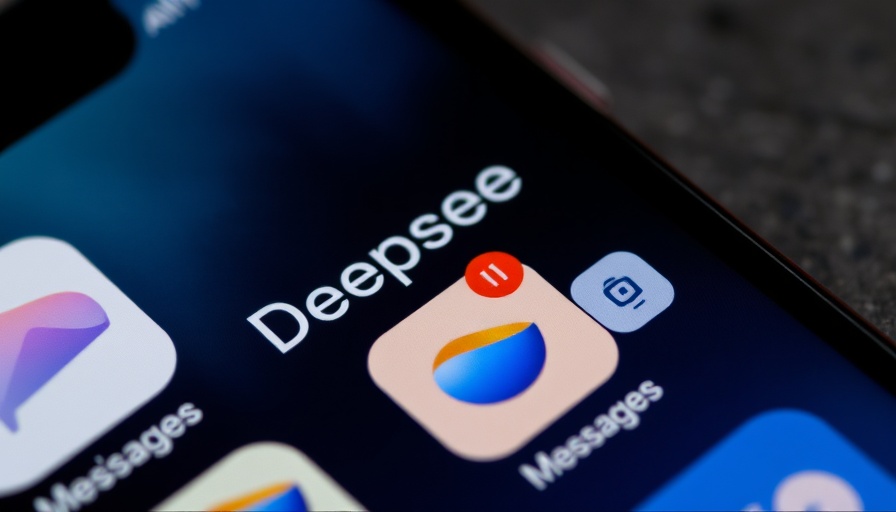
DeepSeek's Rapid Ascent in AI
DeepSeek has become a household name overnight, establishing itself as the leading AI chatbot in the U.S. App Store and Google Play. The breakthrough application has prompted significant discussion within the tech community regarding the competitive landscape of AI, particularly the ability of Chinese-developed models to challenge established U.S. dominance.
The Genesis of DeepSeek
Founded by Liang Wenfeng, who made his mark in the financial sector with High-Flyer Capital Management, DeepSeek emerged from a foundation in AI-driven trading. Utilizing compute-efficient techniques, the AI models were nurtured in an environment that emphasized affordable yet high-quality AI solutions. This strategic focus has catalyzed competition among leading players such as OpenAI and Nvidia, disturbing their previously held positions in the market.
Cost-Effective AI Solutions: A Disruptive Model
One of the prime reasons behind DeepSeek's meteoric rise is its cost structure. With models that can deliver performance comparable to industry giants at a fraction of the cost—20 to 50 times cheaper for some tasks than established counterparts—DeepSeek is turning heads. Industry estimates suggest that DeepSeek’s expenditure on developing its DeepSeek-V3 model was only around $5.6 million, far less than the billion-dollar investments of its competitors.
Benchmarking Against Global Rivals
DeepSeek's latest offerings, including the R1 reasoning model, are designed not only for efficiency but also for accuracy. Its reasoning capabilities allow it to cross-check information in ways that typical models cannot, which might eventually narrow the gap between AI and its applications in critical fields like science and technology. As highlighted by both analysts and tech enthusiasts, the self-fact-checking nature of R1 significantly enhances its reliability in complex problem-solving scenarios.
The Challenge of Regulation and Competition
Despite its successes, DeepSeek faces scrutiny over security and compliance, especially in light of U.S. concerns regarding data protection and government regulation. Similar to TikTok’s prior controversies, DeepSeek's operations very much hinge on its response to potential backlash regarding data privacy laws and its service's alignment with national censorship requirements. The rapid influx of attention and subsequent bans by countries, including the U.S. Navy's, indicate that navigating these waters will be as critical as technological advancements in maintaining DeepSeek's success.
What Lies Ahead for DeepSeek?
DeepSeek’s trajectory suggests a promising future, although challenges from legal and operational standpoints remain. The company has helped stimulate discussions about the ethical considerations of AI use and its impacts on global competitiveness. With growing competition from established tech firms and new entrants, it will be imperative for DeepSeek not only to innovate but also to clarify its operational model moving forward.
As the implications of DeepSeek's success resonate throughout the industry, the broader question persists: will DeepSeek lead a transformative shift in AI development, or will U.S. firms regain their momentum as they refine their strategies in response?
 Add Row
Add Row  Add
Add 




Write A Comment